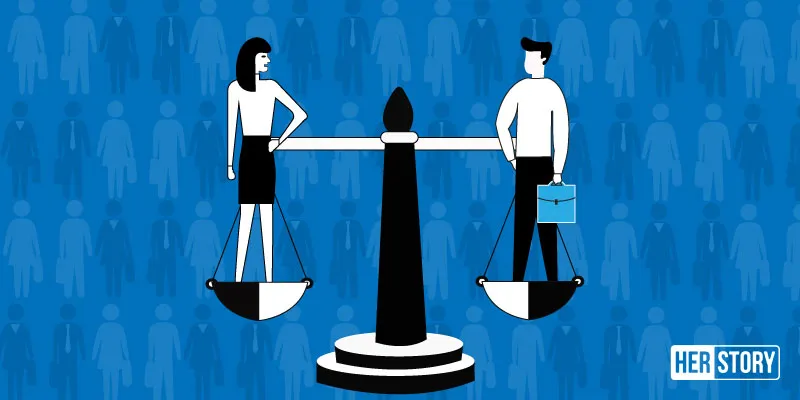Closing the gender gap: Iceland shows the way
We have a long way to go before the global gender gap completely closes, but Iceland is inching closer to perfect parity between women and men.

It's 2019 and the world is changing. Technology is advancing quickly and science is making huge strides. With all this rapid progression, one would hope women and men are paid the same for doing jobs with the same descriptions, but unfortunately it isn't so.
A tiny Nordic island with a population of just above 337,000, Iceland has been ranked best in the world for gender pay parity for nine years in a row. Closing over 85 percent of its overall gender gap, Iceland made it illegal for women to be paid less than men in January 2018.
Under the legislation, firms with over twenty five employees are required to obtain an equal pay certificate from the government, or face fines. Employers have to rank every job in their company and give it a score based on factors such as physical strain and responsibilities. If two employees working a job with the same score are not paid the same, the company has to rectify it.
While Iceland is on the right path toward gender parity, the world at large still has a lot to achieve.
The Global Gender Gap Report 2018 by the World Economic Forum assessed 149 countries across four sub-indexes - Economic Participation and Opportunity, Educational Attainment, Health and Survival, and Political Empowerment. The top 10 countries closing the highest percentages of gender disparity between 79 and 85 percent, are Namibia, Ireland, Philippines, New Zealand, Rwanda, Nicaragua, Finland, Sweden, Norway and Iceland.
On average, Western Europe, North America, Latin America, Eastern Europe and Central Asia, have achieved above 70 percent gender parity. East Asia, the Pacific, Sub-Saharan Africa, South Asia, the Middle East and North Africa have progressed above 60 percent.
The report says that if the current rates are maintained, the overall global gender gap will close in 108 year across 106 countries. However, the most challenging gender gaps to overcome are economic and political empowerment, which will take 202 and 107 years to close respectively. The fastest closing gender gaps are education, which is set to close in 14 years, and health which is already fully closed in a third of the countries assessed.
If policymakers and other stakeholders take stronger steps towards increasing the pace at which the gender gap closes, a perfectly equitable world in terms of gender, could be a reality much sooner.







